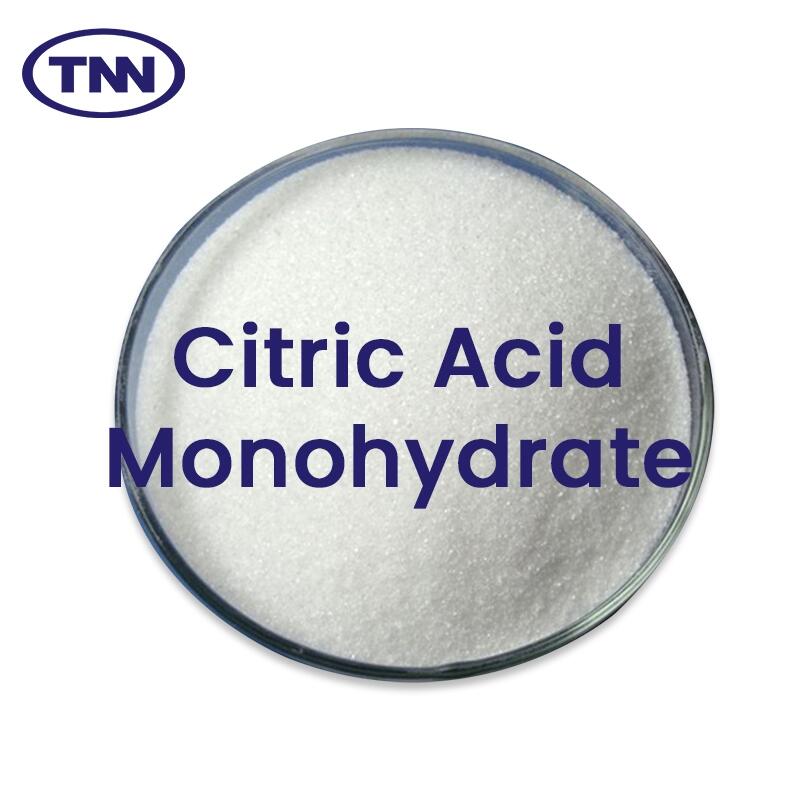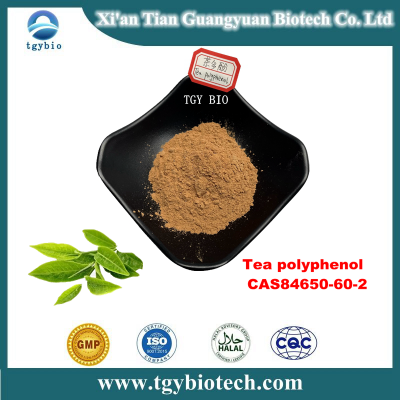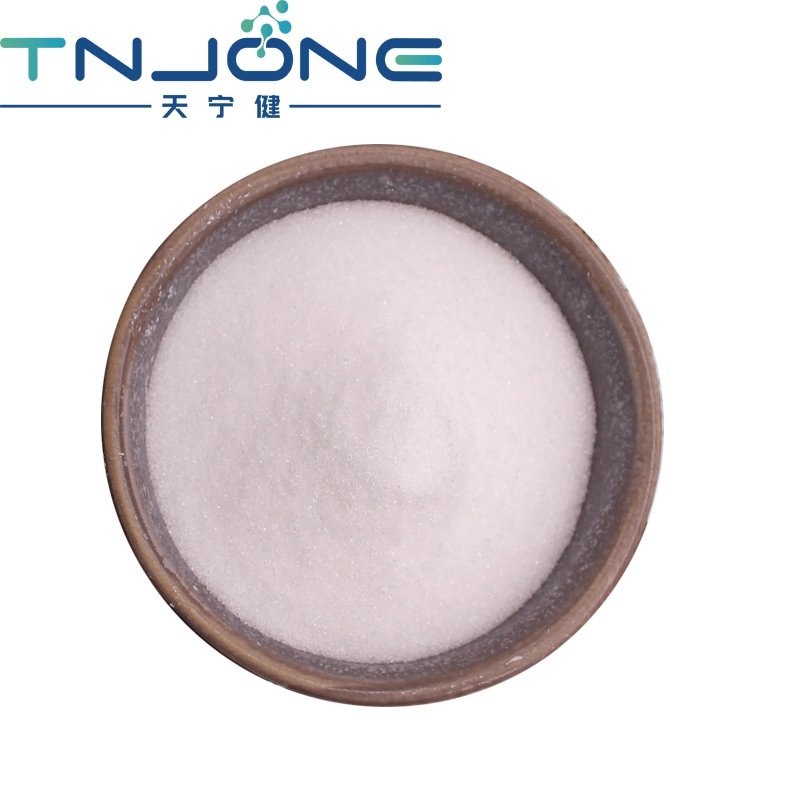-
Categories
-
Pharmaceutical Intermediates
-
Active Pharmaceutical Ingredients
-
Food Additives
- Industrial Coatings
- Agrochemicals
- Dyes and Pigments
- Surfactant
- Flavors and Fragrances
- Chemical Reagents
- Catalyst and Auxiliary
- Natural Products
- Inorganic Chemistry
-
Organic Chemistry
-
Biochemical Engineering
- Analytical Chemistry
-
Cosmetic Ingredient
- Water Treatment Chemical
-
Pharmaceutical Intermediates
Promotion
ECHEMI Mall
Wholesale
Weekly Price
Exhibition
News
-
Trade Service
Food Partner Network News for GB 2760A.
1 has several remarks on the maximum use amount of food additives, such as "calculated as propionic acid", "calculated as catechins in fats and oils", and preservatives, antioxidants and colorants of the same color.
The sum of the proportion of the usage amount to the maximum usage amount should not exceed 1, etc.
Food Partner Network has compiled several situations for the calculation of the usage amount of food additives for your reference
.
Food Partner Network News Food Partner Network Propionate Oils Catechin Preservatives Antioxidants1 has several remarks on the maximum use amount of food additives, such as "calculated as propionic acid", "calculated as catechins in fats and oils", and preservatives, antioxidants and colorants of the same color.
The sum of the proportion of the usage amount to the maximum usage amount should not exceed 1, etc.
Food Partner Network has compiled several situations for the calculation of the usage amount of food additives for your reference
.
1
1Sorbic acid and its potassium salts
Sorbic acid and its potassium saltsSorbic acid and potassium sorbate are widely used preservatives in the world.
They are allowed to be used in the preservatives of various foods in GB 2760, and the maximum usage is specified as sorbic acid
.
When potassium sorbate is used as a preservative, its usage needs to be converted
.
The usage amount is converted according to the sorbic acid content of potassium sorbate used
.
You can refer to the following formula for conversion:
They are allowed to be used in the preservatives of various foods in GB 2760, and the maximum usage is specified as sorbic acid
.
When potassium sorbate is used as a preservative, its usage needs to be converted
.
The usage amount is converted according to the sorbic acid content of potassium sorbate used
.
You can refer to the following formula for conversion:
For example, according to the regulations of GB 2760, the maximum usage amount of sorbic acid and its potassium salt in bread, calculated as sorbic acid, is 1.
0g/kg, and when the purity of potassium sorbate is 100%, then, according to the above conversion formula, sorbic acid The formula for calculating the maximum usage amount M of potassium is as follows:
0g/kg, and when the purity of potassium sorbate is 100%, then, according to the above conversion formula, sorbic acid The formula for calculating the maximum usage amount M of potassium is as follows:
Similar also includes benzoic acid and its sodium salt, propionic acid and its sodium salt, calcium salt, indigo and its aluminum lake and the like
.
.
2
2 Phosphate and Phosphate Group
Phosphate and Phosphate Group Assuming that the purity of each additive is 100%, the maximum usage amount should be converted to the content of the phosphate radical of each additive
.
Because the number of moles of phosphate radicals in food depends on the number of moles of phosphorus that phosphoric acid and phosphate can provide, the calculation of the amount of phosphoric acid and phosphate used should be based on the number of moles of phosphorus provided by the phosphate used equal to the number of moles of phosphorus in the food.
based on the number of moles of phosphate
.
which is:
.
Because the number of moles of phosphate radicals in food depends on the number of moles of phosphorus that phosphoric acid and phosphate can provide, the calculation of the amount of phosphoric acid and phosphate used should be based on the number of moles of phosphorus provided by the phosphate used equal to the number of moles of phosphorus in the food.
based on the number of moles of phosphate
.
which is:
For example, in a cooked meat product, the usage of phosphoric acid and disodium dihydrogen pyrophosphate is 8g/kg respectively.
Does it meet the standard requirements?
Does it meet the standard requirements?
The maximum amount of phosphoric acid and phosphate used in cooked meat products is 15.
0g/kg calculated as phosphate radicals, so it meets the standard requirements
.
0g/kg calculated as phosphate radicals, so it meets the standard requirements
.
3
3 Potassium Aluminum Sulfate, Ammonium Aluminum Sulfate
Potassium Aluminum Sulfate, Ammonium Aluminum Sulfate After using aluminum potassium sulfate and aluminum ammonium sulfate, it is necessary to determine that the residual amount of aluminum in food (dry samples) does not exceed 100 mg/kg
.
It can be tested according to the detection method specified in the "National Food Safety Standard for the Determination of Aluminum in Food" (GB 5009.
182-2017), and the result obtained is the aluminum residue in the dry sample
.
The allowable amount of aluminum potassium sulfate in food can be roughly converted according to the aluminum content in the aluminum potassium sulfate used, namely:
.
It can be tested according to the detection method specified in the "National Food Safety Standard for the Determination of Aluminum in Food" (GB 5009.
182-2017), and the result obtained is the aluminum residue in the dry sample
.
The allowable amount of aluminum potassium sulfate in food can be roughly converted according to the aluminum content in the aluminum potassium sulfate used, namely:
For example, a certain bread with a moisture content of 18% uses aluminum potassium sulfate (AlK(SO4)2·12H2O) as a leavening agent, and the maximum usage m:
Therefore, in order to comply with the standard's regulation of aluminum residues in bread (dry samples) ≤ 100mg/kg, the maximum amount of potassium aluminum sulfate used in the bread cannot exceed 2.
14g/kg, but in fact, considering the background value of aluminum and Due to factors such as the error of moisture measurement, this calculation result will deviate from the actual maximum allowable usage, which is for reference only
.
14g/kg, but in fact, considering the background value of aluminum and Due to factors such as the error of moisture measurement, this calculation result will deviate from the actual maximum allowable usage, which is for reference only
.
4
4 tea polyphenols
tea polyphenols The maximum amount of tea polyphenols used is based on catechins in oils and fats.
Generally, the content of tea polyphenols in food can be detected according to the method in "Tea Products Part 2: Tea Polyphenols" (GB/T 31740.
2-2015).
.
However, when we use tea polyphenols as antioxidants in the early stage of research and development, we can also roughly calculate the amount of tea polyphenols used, and then carry out repeated tests combined with test results and standard requirements to determine the appropriate amount of use
.
Generally, the content of tea polyphenols in food can be detected according to the method in "Tea Products Part 2: Tea Polyphenols" (GB/T 31740.
2-2015).
.
However, when we use tea polyphenols as antioxidants in the early stage of research and development, we can also roughly calculate the amount of tea polyphenols used, and then carry out repeated tests combined with test results and standard requirements to determine the appropriate amount of use
.
For example, the calculation of the maximum usage M of tea polyphenols in one instant oatmeal:
Among them, the oil content A in the instant oatmeal can be obtained by measuring the oil, or it can be roughly calculated from the approximate oil content in the instant oatmeal; the catechin content B in the tea polyphenols needs to be purchased when purchasing the tea polyphenols.
Provided by the supplier; 0.
2 is the maximum use amount of tea polyphenols in the instant oatmeal (06.
06 instant cereals, including rolled oats (flakes)) specified in GB 2760, calculated as catechins in oils and fats
.
Provided by the supplier; 0.
2 is the maximum use amount of tea polyphenols in the instant oatmeal (06.
06 instant cereals, including rolled oats (flakes)) specified in GB 2760, calculated as catechins in oils and fats
.
5
5 The sum of the proportions of the respective amounts of preservatives, antioxidants and the same colorants to their maximum amounts should not exceed 1
The sum of the proportions of the respective amounts of preservatives, antioxidants and the same colorants to their maximum amounts should not exceed 1 The requirements of this indicator are items that are often detected in the supervision and sampling inspection, and the failure rate is relatively high
.
For example, to calculate the sum of the proportion of each preservative used in a product to its maximum use, first of all, it is necessary to identify all the preservatives used in the product, and then calculate according to the following formula:
.
For example, to calculate the sum of the proportion of each preservative used in a product to its maximum use, first of all, it is necessary to identify all the preservatives used in the product, and then calculate according to the following formula:
According to the "Guiding Opinions of the General Office of the State Administration for Market Regulation on Standardizing the Use of Food Additives" (Shi Jian Shisheng [2019] No.
53), "Food producers and operators should strengthen the control and inspection of food raw and auxiliary materials.
Consolidated calculation of food additives to prevent the use of food additives beyond the scope and limit due to the introduction of raw and auxiliary materials
.
”, when calculating the sum of the proportions of preservatives, antioxidants and colorants of the same color to their maximum use, the same needs to be considered.
The situation brought into the raw and auxiliary materials
.
53), "Food producers and operators should strengthen the control and inspection of food raw and auxiliary materials.
Consolidated calculation of food additives to prevent the use of food additives beyond the scope and limit due to the introduction of raw and auxiliary materials
.
”, when calculating the sum of the proportions of preservatives, antioxidants and colorants of the same color to their maximum use, the same needs to be considered.
The situation brought into the raw and auxiliary materials
.
summary
summary






